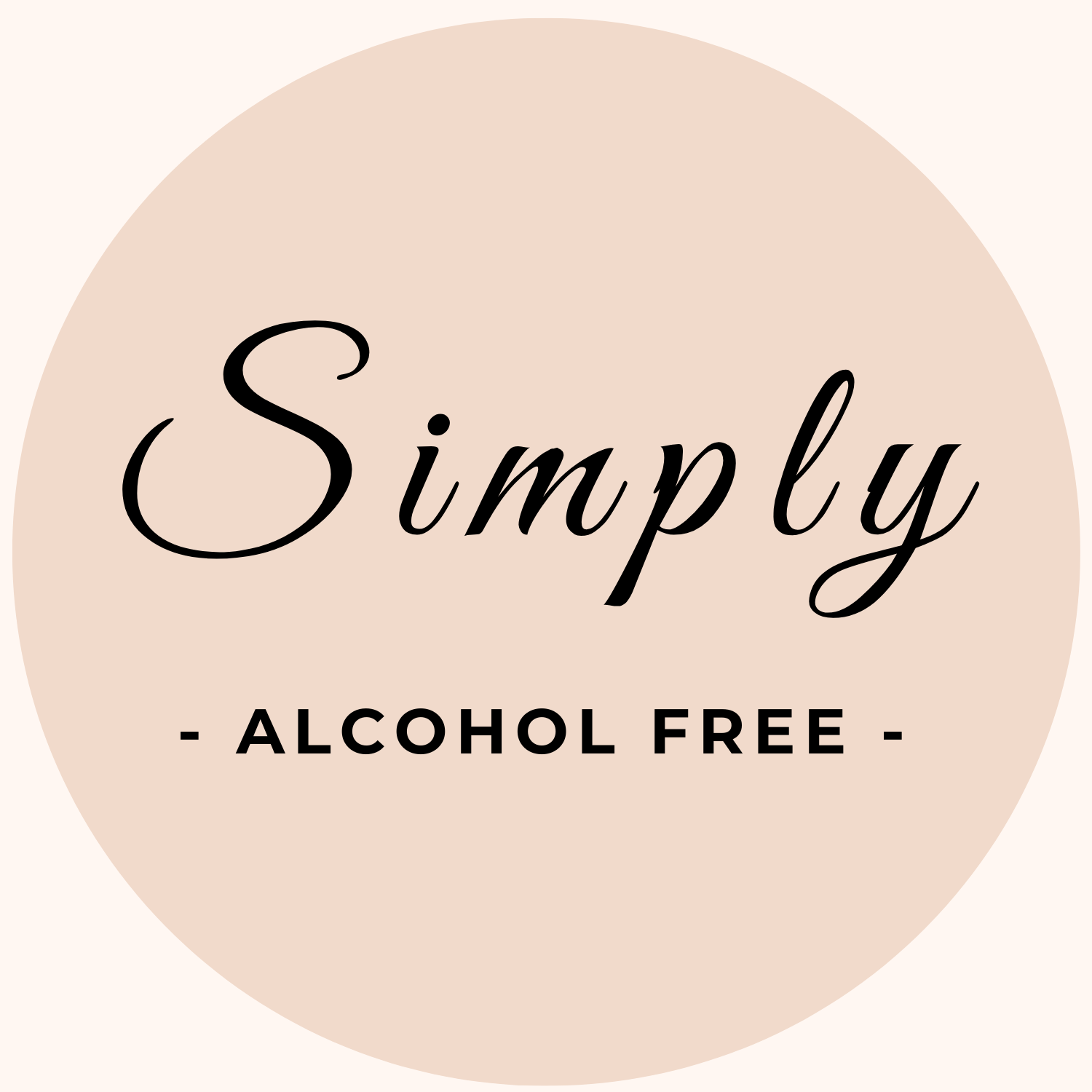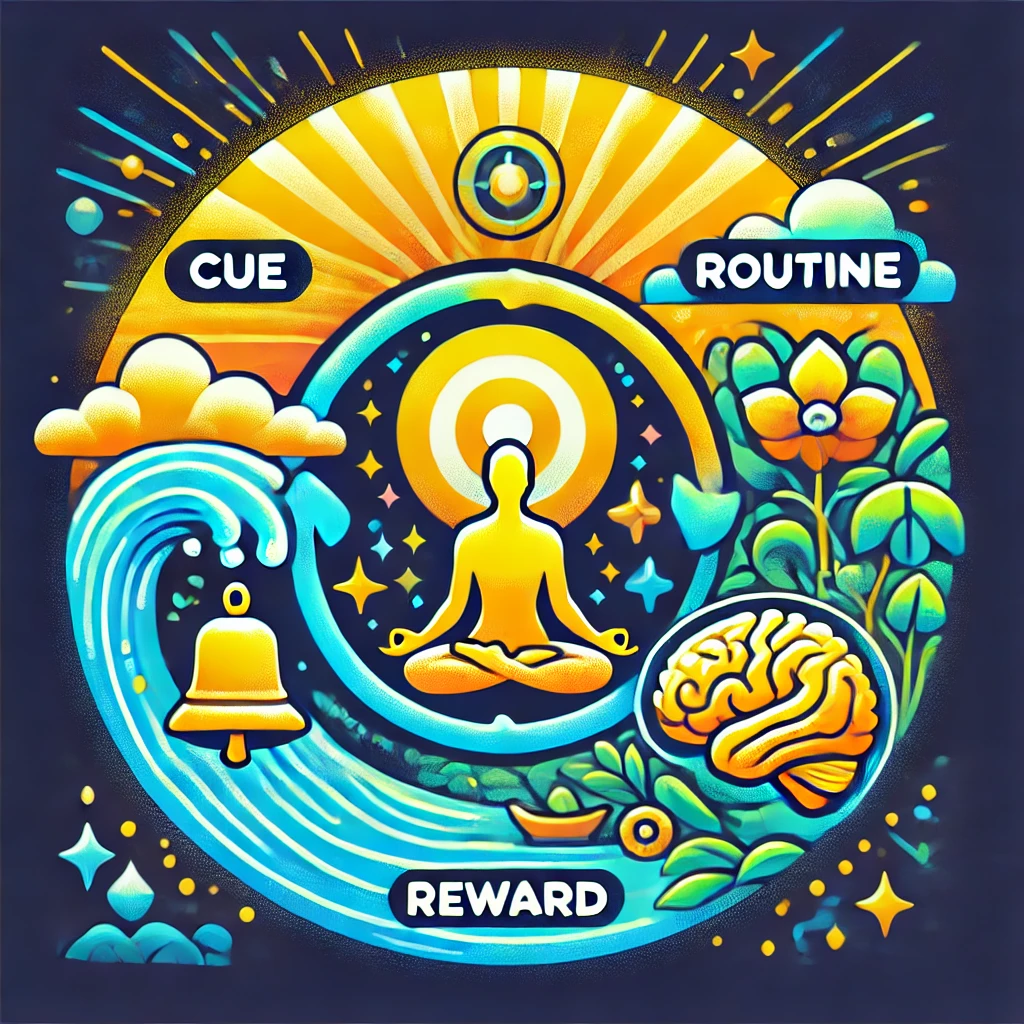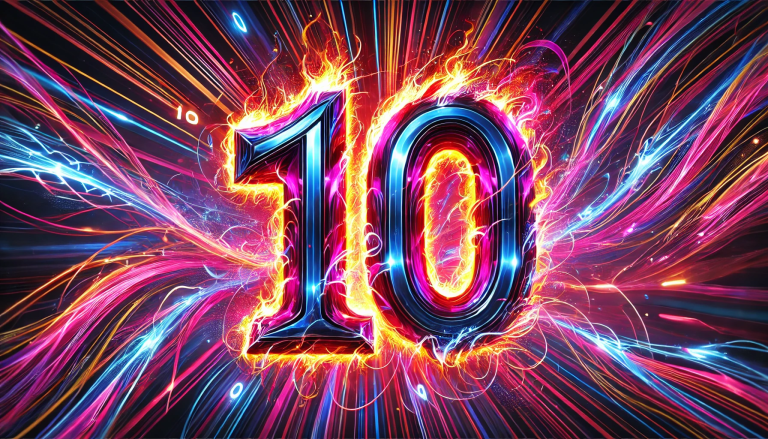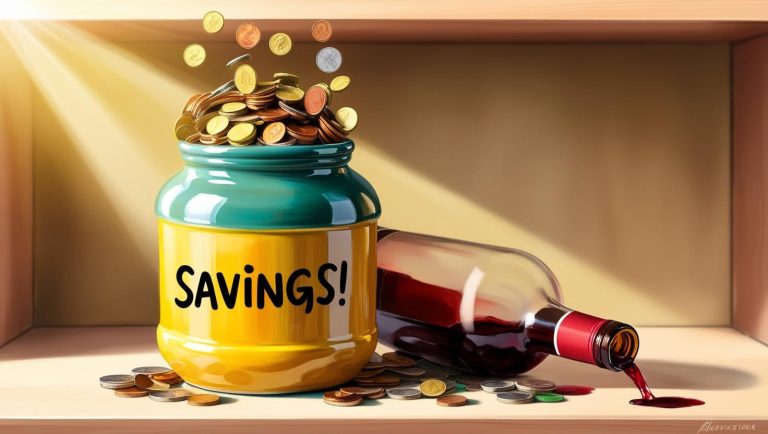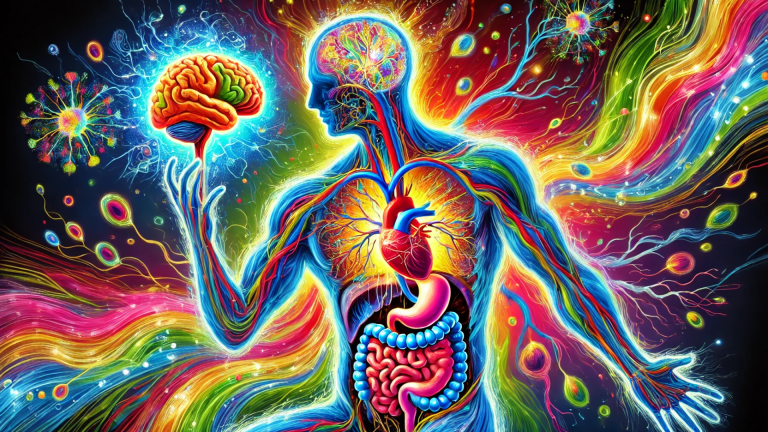Breaking the Habit Loop: Understanding Alcohol and Behaviour Change
We often think of habits as minor, repetitive actions, like brushing our teeth or checking our phones. But habits also play a massive role in more complex behaviours, including alcohol consumption.
Understanding how the “habit loop” works can be a game changer for anyone looking to cut back on drinking or eliminate it altogether.
What is the Habit Loop?
Charles Duhigg, in his book The Power of Habit, introduced the concept of the habit loop—a neurological pattern that governs habitual behaviour. It consists of three parts:
- The Cue – The trigger that initiates the behaviour.
- The Routine – The actual behaviour or action itself.
- The Reward – The benefit, satisfaction or feeling gained from completing the behaviour.
When a habit loop is repeated often enough, it becomes automatic, making it difficult to change. This is why breaking free from the habit of regularly drinking can be challenging, but it isn’t impossible.
The Habit Loop and Alcohol Consumption
For many, drinking alcohol is tied to deeply ingrained habit loops. Habits that will have been with us for years. Personally, it was the glass of wine at lunchtime, or the evening meal. The two always came hand in hand. Social events were always arranged around a bar or restaurant, and it was automatic to ask for something alcohol. Only people who weren’t driving went for something non alcoholic. Imagine a scenario and let’s break it down:
- The Cue: Feeling stressed after work, social situations, boredom, or even environmental triggers like passing a favourite bar.
- The Routine: Pouring a drink, going to a bar, opening a bottle of wine at dinner.
- The Reward: Feeling relaxed, social, or escaping from discomfort temporarily.
Because the brain links alcohol consumption with the perceived reward, the loop reinforces itself over time, making drinking feel almost automatic in certain situations.
How to Break the Cycle
If you’re trying to change your drinking habits, understanding and modifying the habit loop is essential.
Firstly:
Identify Your Triggers
Start by keeping track of when you drink. This is where journalling really is of benefit even if it doesn’t feel natural at first (I struggled to journal for a long time), but eventually you can make that a habit.
When do you reach for a drink? When you are stressed? When you’re with certain people? Recognizing the cues that prompt drinking is the first step in disrupting the cycle.
Secondly:
You need to Change the Routine
Once you recognize the cue, substitute a different routine. If stress triggers drinking, try exercise, deep breathing, or a different relaxation technique instead.
If social events are the trigger, consider non-alcoholic alternatives or changing the social settings for the get togethers.
Finally:
Find a New Reward
A habit loop only holds if the reward remains satisfying. If drinking helps you relax, look for another way to achieve the same feeling, by engaging in meditation, discover new hobbies, or reach out and connect with supportive friends and alcohol free groups.
The Power of Small Changes
Change doesn’t happen overnight. Small, consistent changes you can make in the habit loop can have a compounding effect over time. Whether your goal is to cut back or quit entirely, breaking the habit loop starts with being aware of the habit and make conscious adjustments.
By rewiring your habits, YOU REGAIN CONTROL over your behaviours which allows you to make conscious choices rather than involuntary reactions.
Being aware of how the Habit Loop affects us is the first step to breaking it and making positive and powerful steps toward a lasting change to your relationship with alcohol.
